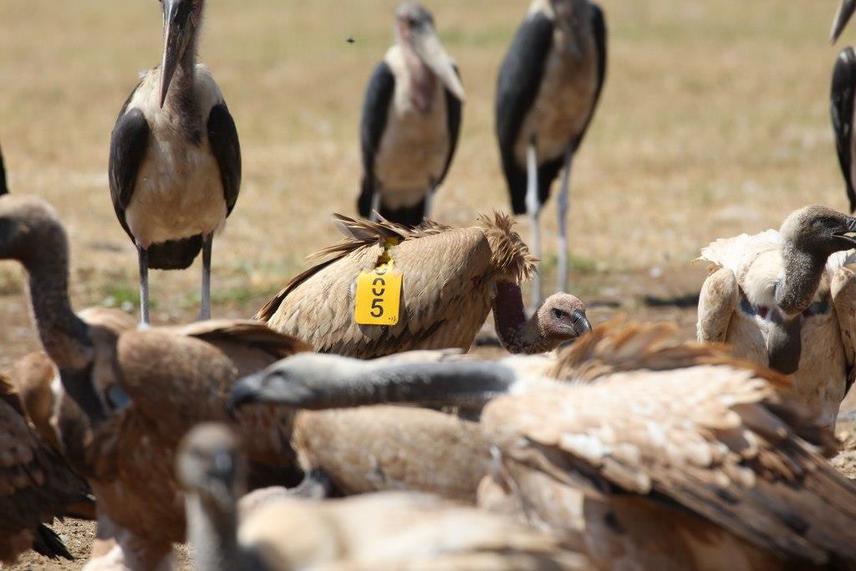Kerri Wolter
Other projects
VulPro aims to establish a successful vulture breeding programme for population supplementation and reintroduction purposes where Cape Vultures historically occur/occurred.

The Cape Vulture (Gyps coprotheres) is a long-lived, large (7-10 kg), obligate cliff nesting vulture which is endemic within and confined to southern Africa. Despite intensive conservation and research efforts over the past thirty years, the range and population of the Cape Vulture continues to decline.
Captive breeding is generally accepted as an appropriate conservation tool for threatened species management. The field of reintroduction biology has expanded greatly in the last few decades, with a sharp rise in experimental approaches to reintroduction monitoring efforts since 1990 (Seddon et al 2007). Gyps species of vultures are popular in zoos, mainly due to their size (Prakash et al 2012). Following a successful breeding program for three highly threatened Indian Gyps species (G. bengalensis, G. indicus, and G. tenuirostris) Prakash et al (2012) recently published guidelines for their captive breeding and management protocols. The Griffon Vulture (G. fulvus) benefitted from captive breeding programs, with the successful reintroduction of 272 individuals over a twenty five year period in France and Spain (Le Gouar et al 2008).
VulPro now aims to do the same for the Cape Vulture and has established a breeding programme at its Vulture Centre located below the Magaliesberg range, 6km north-east of Hartbeespoort, North West Province, South Africa (25°42’41”S, 27°57’13”E, elevation 1,272 m). Currently the Centre houses 75 non-releasable Cape Vultures among which 12 breeding pairs are housed in a purpose built breeding enclosure constructed to mimic the natural breeding cliffs and ledges of the Magaliesberg. VulPro hopes to raise dozens of parent raised captive bred Cape Vultures over the next several years for release within South Africa, firstly to supplement the dwindling Magaliesberg population, and secondly to reintroduce the species into areas where the vultures have become severely depleted or extinct.